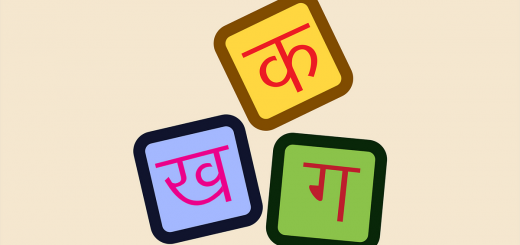Comprehensive Guide to the Indian Grading System: CBSE, ICSE, and State Boards Explained
Understanding the Indian Grading System
India’s education system has evolved significantly over the years, adopting grading mechanisms that aim to provide a fair and comprehensive assessment of students’ academic performance. With multiple boards and universities following distinct grading scales, understanding the grading system is essential for students, parents, and educators.
School Education Grading System
1. CBSE (Central Board of Secondary Education)
The CBSE follows a Continuous and Comprehensive Evaluation (CCE) system, using a 9-point grading scale for classes 6 to 10 and a 5-point scale for classes 11 and 12.
- A1: 91-100 (Grade Point: 10)
- A2: 81-90 (Grade Point: 9)
- B1: 71-80 (Grade Point: 8)
- B2: 61-70 (Grade Point: 7)
- C1: 51-60 (Grade Point: 6)
- C2: 41-50 (Grade Point: 5)
- D: 33-40 (Grade Point: 4)
- E1 & E2: Below 33 (Fail, Needs Improvement)
For senior secondary classes, CBSE uses percentages along with grades.
2. ICSE (Indian Certificate of Secondary Education)
ICSE grades students based on marks and uses a 7-point grading scale:
- A1: 90-100
- A2: 80-89
- B1: 70-79
- B2: 60-69
- C1: 50-59
- C2: 40-49
- D: 35-39 (Pass)
- E: Below 35 (Fail)
3. State Boards
Each Indian state has its own education board with different grading structures, often using marks and grades interchangeably. Some states follow a percentage-based evaluation, while others adopt CGPA (Cumulative Grade Point Average).
Higher Education Grading System Indian universities follow two primary grading models:
1. Absolute Grading System
This system assigns grades based on fixed percentage brackets. It is widely used in colleges affiliated with state universities and autonomous institutions.
- O (Outstanding): 90-100
- A+ (Excellent): 80-89
- A (Very Good): 70-79
- B+ (Good): 60-69
- B (Above Average): 50-59
- C (Average): 40-49
- F (Fail): Below 40
2. Relative Grading System
Some universities, like the Indian Institutes of Technology (IITs) and National Institutes of Technology (NITs), use relative grading. Here, grades are assigned based on the performance of students relative to their peers, ensuring a balanced distribution of grades.
3. CGPA (Cumulative Grade Point Average) System
Many universities, including Delhi University, Jawaharlal Nehru University, and private institutions, use CGPA, which represents the overall academic performance of a student. Formula for CGPA: CGPA can be converted into a percentage using the formula: (Used by CBSE)
Impact of the Indian Grading System
- Higher Education Admissions
- Employment Opportunities
- Companies consider CGPA while recruiting fresh graduates.
- Many firms have minimum CGPA requirements for job applications.
- International Comparisons
- Indian CGPA differs from grading systems in the USA (GPA out of 4) and UK (Honours Classification).
- Students applying abroad often need a WES (World Education Services) evaluation to convert their grades.
Challenges and Concerns
- Variability: Different boards and universities have different grading criteria, making standardization difficult.
- Pressure on Students: High competition and the relative grading system create academic stress.
- Misinterpretation of CGPA: Students and employers often misunderstand CGPA-to-percentage conversion, leading to confusion.
Understanding the Indian grading system is essential for students, parents, and educators to navigate academic and career planning effectively. With evolving policies, India’s education system is gradually aligning with global standards, ensuring better opportunities for students domestically and internationally.

